Home>Garden Essentials>Garden Storage>Could A Climate-Friendly Yard Actually Be Better For Curb Appeal?
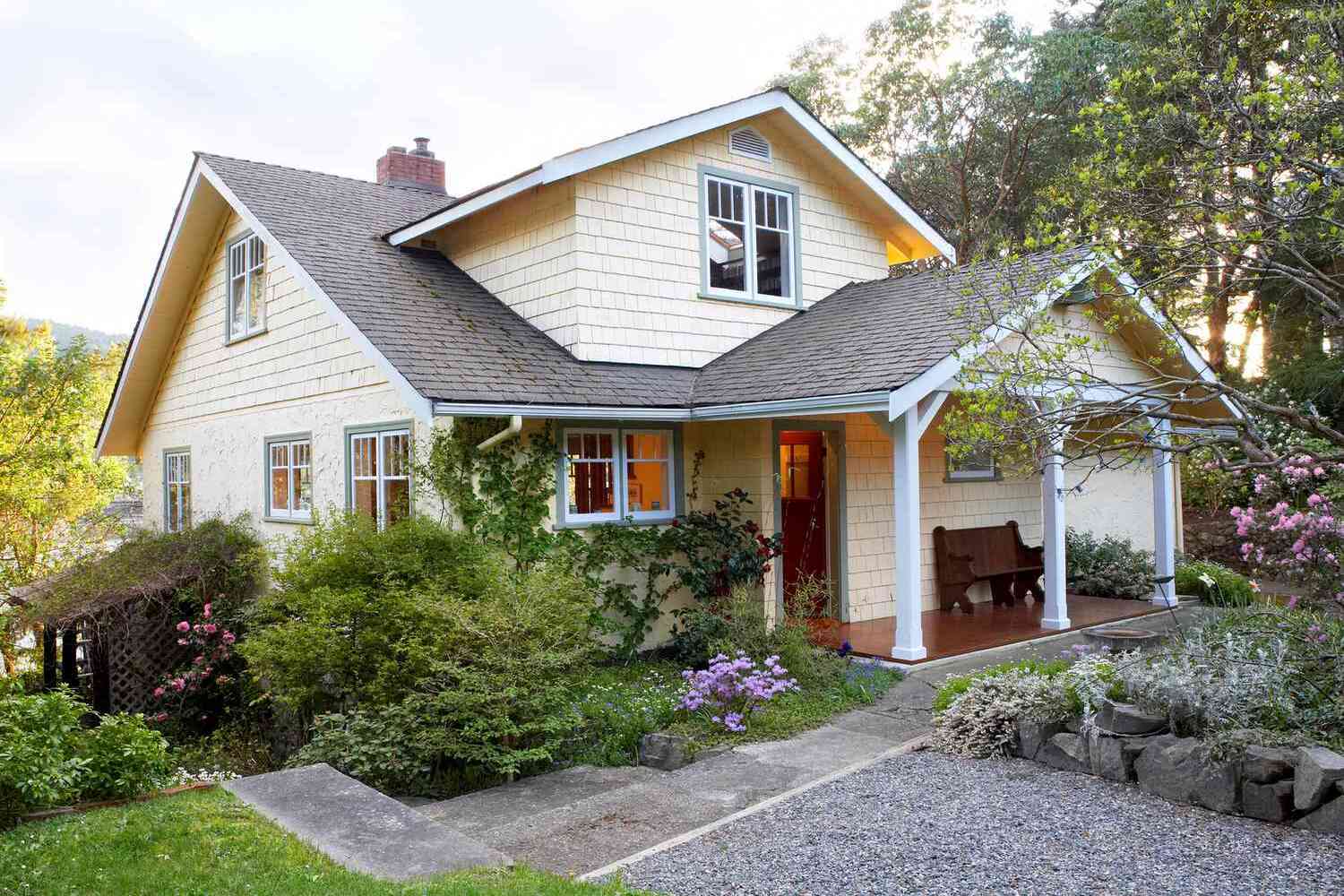

Garden Storage
Could A Climate-Friendly Yard Actually Be Better For Curb Appeal?
Modified: October 27, 2024
Discover how creating a climate-friendly yard can enhance curb appeal while providing efficient and effective storage solutions.
(Many of the links in this article redirect to a specific reviewed product. Your purchase of these products through affiliate links helps to generate commission for Storables.com, at no extra cost. Learn more)
Introduction
Welcome to the world of climate-friendly yards, where sustainability meets curb appeal! Gone are the days when a perfectly manicured lawn was the gold standard for an attractive outdoor space. Nowadays, homeowners and landscape designers are embracing a new trend that not only enhances the visual appeal of a property but also prioritizes the well-being of the planet.
Traditionally, maintaining a lush green lawn required constant watering, toxic chemical fertilizers, and pesticides. However, as the environmental impact of such practices became more evident, people started looking for alternatives that would reduce their carbon footprint and help combat climate change.
In this article, we will explore the idea of climate-friendly landscaping and how it can actually enhance your curb appeal. We will discuss the environmental benefits of these yards, as well as provide practical tips on how to incorporate climate-friendly elements into your outdoor space.
So, if you’re ready to transform your yard into a beautiful, sustainable oasis, let’s dive in and discover the wonderful world of climate-friendly landscaping!
Key Takeaways:
- Climate-friendly yards enhance curb appeal while prioritizing water conservation, native plants, and natural pest control. Sustainable practices create visually stunning, low-maintenance, and environmentally responsible outdoor spaces.
- Incorporating hardscape features, mulch, and compost adds structure, conserves water, and promotes healthy soil. Choosing native plants and sustainable watering systems create vibrant, wildlife-friendly landscapes while reducing environmental impact.
The Importance of Curb Appeal
When it comes to owning a home, first impressions matter. Curb appeal is the visual appeal of a property when viewed from the street, and it plays a crucial role in shaping people’s perception of your home. Whether you’re planning to sell your house or simply want to create a welcoming environment, investing in curb appeal can make a significant difference.
Think of it this way: when potential buyers or guests approach your property, what do they see? A well-maintained, inviting landscape can captivate their attention, leave a lasting positive impression, and even increase your home’s value. On the other hand, a neglected, uninspiring exterior can deter potential buyers, reduce property value, and make it harder to sell.
But curb appeal goes beyond aesthetics; it also reflects your commitment to the environment and sustainable living. With climate change becoming a pressing issue, more and more people are seeking eco-friendly solutions in every aspect of their lives. By incorporating climate-friendly elements into your yard, you not only enhance your curb appeal but also contribute to a healthier planet.
Furthermore, a visually appealing exterior sets the tone for the rest of the property. It creates a sense of pride and enjoyment for homeowners and instills a sense of community engagement for neighbors. A well-maintained yard can serve as a gathering space for social events, a playground for children, or simply a serene area to relax and connect with nature.
So, whether you’re motivated by the desire to impress potential buyers, create a welcoming environment for guests, or promote environmental sustainability, investing in curb appeal is a wise decision. Now, let’s explore how climate-friendly landscaping can help you achieve these goals.
The Environmental Impact of Traditional Yards
Traditional yards, characterized by expansive lawns and heavy use of chemical fertilizers and pesticides, have a significant environmental impact. These conventional practices have detrimental effects on local ecosystems, water resources, and overall biodiversity.
One of the major environmental concerns associated with traditional yards is excessive water consumption. Maintaining a pristine lawn often requires regular watering, especially in drier climates. This puts a strain on local water supplies and contributes to water scarcity issues. Additionally, the energy required to pump and treat water for irrigation further exacerbates the carbon footprint associated with traditional yard care.
Chemical fertilizers and pesticides used in traditional yard maintenance can also have harmful consequences. These chemicals can leach into the soil and contaminate groundwater, streams, and lakes, causing ecosystem imbalances. They can also pose health risks to humans and wildlife, disrupting the natural food chain and harming beneficial insects like bees and butterflies.
Moreover, the expansive lawns found in traditional yards often require regular mowing and maintenance. Gas-powered lawn mowers and other maintenance equipment emit greenhouse gases and contribute to air pollution. The noise pollution created by these machines can also disturb the tranquility of the neighborhood.
Overall, the environmental impact of traditional yards is substantial. They contribute to water waste, chemical pollution, habitat degradation, and carbon emissions. It’s clear that a more sustainable approach to landscaping is needed to mitigate these environmental concerns.
Now that we understand the environmental impact of traditional yards, let’s explore the concept of climate-friendly landscaping and how it addresses these issues while enhancing curb appeal.
Climate-Friendly Landscaping
Climate-friendly landscaping, also known as sustainable or eco-friendly landscaping, is an approach to designing and maintaining outdoor spaces that prioritize environmental sustainability. It aims to reduce negative impacts on the environment, conserve natural resources, and support local ecosystems.
One of the primary goals of climate-friendly landscaping is to minimize water usage. This is achieved through the selection and placement of drought-tolerant plants, efficient watering systems, and the use of mulch to retain moisture in the soil. By implementing these strategies, homeowners can significantly reduce water waste and contribute to water conservation efforts.
Another key aspect of climate-friendly landscaping is the use of native plants. Native plants are those that naturally occur in a particular region and have adapted to local soil, climate, and wildlife. They require less water, fertilizer, and maintenance compared to non-native species. Additionally, native plants provide food and habitat for local wildlife, enhancing biodiversity in the area.
Invasive species pose a significant threat to local ecosystems by outcompeting native plants and disrupting the balance of the ecosystem. Climate-friendly landscaping emphasizes the removal of invasive species and the promotion of native plant communities to preserve biodiversity and support a healthy ecosystem.
Chemical fertilizers and pesticides are minimized or eliminated in climate-friendly landscaping practices. Instead, natural and organic alternatives are used to control pests and promote plant health. Integrated pest management techniques, such as attracting beneficial insects and using companion planting, help reduce the need for chemical interventions.
Furthermore, sustainable landscaping practices incorporate composting and mulching. Composting allows organic waste, such as yard trimmings and food scraps, to be recycled into nutrient-rich soil amendments. Mulching helps conserve moisture, suppress weeds, and improve soil quality, reducing the need for excessive watering and synthetic fertilizers.
Lastly, climate-friendly landscaping embraces the concept of hardscaping, which refers to the non-living elements in an outdoor space, such as pathways, patios, and retaining walls. These features can be made from sustainable materials, such as recycled concrete or permeable pavers, which minimize the impact on the environment.
By implementing these climate-friendly practices, homeowners can create beautiful, sustainable, and environmentally responsible landscapes that not only enhance curb appeal, but also contribute to a healthier planet.
Benefits of Climate-Friendly Yards for Curb Appeal
Climate-friendly yards offer numerous benefits when it comes to enhancing curb appeal. By incorporating sustainable landscaping practices, you can create an attractive outdoor space that not only catches the eye but also showcases your commitment to the environment.
One of the standout benefits of climate-friendly yards is their ability to create a unique and visually appealing landscape. By using native plants, you can introduce a variety of colors, textures, and shapes that are adapted to your specific region. These native plants provide a sense of place and create a harmonious connection between your garden and the surrounding natural environment.
Moreover, climate-friendly yards are designed to be low-maintenance, which can be a significant advantage when it comes to curb appeal. Native plants are typically more resilient and require less water, fertilizer, and regular upkeep compared to non-native species. This means less time spent on maintenance tasks, such as mowing and pruning, and more time enjoying your yard and its beauty.
Another benefit of climate-friendly yards is their ability to attract wildlife. Native plants provide valuable food and habitat for birds, butterflies, bees, and other beneficial insects. The sight and sound of these creatures in your yard not only adds life and vibrancy but also contributes to the overall appeal of your property.
In terms of water usage, climate-friendly landscaping practices can help conserve one of our most precious resources. By utilizing drought-tolerant plants, implementing efficient watering systems, and using mulch to retain moisture, you can significantly reduce your water consumption. This not only benefits the environment but also saves you money on water bills.
Furthermore, climate-friendly yards promote a healthier environment by minimizing the use of chemical fertilizers and pesticides. Traditional yards rely on these synthetic products to maintain the desired aesthetic, but they can have detrimental effects on human health, water quality, and wildlife. By employing natural pest control methods and organic fertilizers, you create a safer and more sustainable environment for everyone.
Lastly, incorporating hardscape features, such as paths, patios, and retaining walls, can add structure and functionality to your outdoor space. These elements not only enhance the aesthetic appeal but also provide practical seating areas, opportunities for outdoor entertaining, and improved accessibility. By utilizing sustainable materials, you can further reduce your environmental impact and create a visually pleasing hardscape design.
In summary, climate-friendly yards offer a range of benefits when it comes to enhancing curb appeal. By embracing sustainable landscaping practices, you can create a visually stunning, low-maintenance, wildlife-friendly, and water-efficient outdoor space that showcases your commitment to the environment and adds value to your property.
Incorporating Climate-Friendly Elements in Your Yard
Now that you understand the benefits of climate-friendly yards for curb appeal, it’s time to explore how you can incorporate these elements into your own outdoor space. Here are some practical tips to help you create a sustainable and visually appealing yard:
- Choose Native Plants: Research and select native plants that are well-suited to your region’s climate and conditions. These plants are adapted to the local environment and require less water, fertilizer, and maintenance. They also attract local wildlife, adding beauty and biodiversity to your yard.
- Create a Sustainable Watering System: Install an efficient irrigation system, such as drip irrigation or a rainwater harvesting system. These methods deliver water directly to the roots of your plants, minimizing waste and ensuring efficient water usage. Consider using a smart irrigation controller that adjusts watering schedules based on weather conditions.
- Implement Natural Pest Control Methods: Instead of relying on chemical pesticides, create a healthy ecosystem that naturally controls pests. Introduce plants that attract beneficial insects, such as ladybugs and lacewings, which prey on garden pests. Use companion planting strategies to deter pests, such as planting marigolds to repel aphids.
- Use Mulch and Compost: Apply a layer of organic mulch around your plants to conserve moisture, suppress weeds, and improve soil quality. Composting your yard waste and kitchen scraps not only reduces landfill waste but also produces nutrient-rich compost that can be used as a natural fertilizer for your plants.
- Consider Hardscape Features: Incorporate sustainable materials into your hardscape designs. Use recycled or locally sourced materials for pathways, patios, and retaining walls. Consider adding permeable surfaces to reduce stormwater runoff and allow water to infiltrate the soil.
- Design for Efficiency: When planning your yard, consider the layout and group plants with similar water and sunlight needs together. This allows for more efficient watering and reduces water waste. Create shaded areas with trees and shrubs to reduce water evaporation and provide relief during hot summer months.
- Practice Soil Conservation: Test your soil and amend it with organic matter to improve its fertility and drainage. Healthy soil promotes the growth of strong, resilient plants that require less water and fertilizer.
- Engage in Sustainable Lawn Care: If you choose to have a lawn, mow it to a higher height to promote root growth and shade the soil, reducing evaporation. Leave grass clippings on the lawn to act as a natural mulch. Consider reducing the size of your lawn and replacing it with native groundcovers, wildflowers, or vegetable gardens.
By implementing these climate-friendly practices in your yard, you can create a beautiful and environmentally conscious outdoor space. Not only will these elements enhance the visual appeal of your property, but they will also contribute to a healthier planet for future generations to enjoy.
Consider incorporating native plants, which require less water and maintenance, into your yard for a climate-friendly and attractive landscape. This can enhance curb appeal while also benefiting the environment.
Choosing Native Plants
One of the key components of creating a climate-friendly yard is choosing native plants. Native plants are species that naturally occur and thrive in a particular region without human intervention. Incorporating native plants into your landscaping offers numerous benefits for both the environment and your curb appeal. Here’s why choosing native plants is crucial:
Promote Biodiversity: Native plants have evolved alongside local wildlife, providing essential food and habitat. By including native plants in your yard, you can attract a wide array of birds, butterflies, bees, and other beneficial insects. These species not only add beauty and charm to your landscape but also play crucial roles in pollination and maintaining a healthy ecosystem.
Adaptation to Local Climate: Native plants are well-suited to the local climate and soil conditions in your area. They have evolved to withstand the extremes of weather, including droughts, cold snaps, and heatwaves. This means that once established, they require less water and maintenance compared to non-native plants.
Water Conservation: Water scarcity is a pressing concern in many regions. By choosing native plants that are adapted to the local rainfall patterns, you can significantly reduce your water consumption. Native plants have deep root systems that help them access water deep within the soil, making them more resilient during periods of drought. They also require less supplemental watering, saving you time and money.
Reduced Need for Fertilizers and Pesticides: Native plants are adapted to the local soil conditions and have natural defenses against pests and diseases. This reduces the need for synthetic fertilizers and pesticides, which can be harmful to the environment and human health. By selecting native plants that are well-suited to your yard’s specific conditions, you can create a healthier and more sustainable ecosystem.
Visual Appeal and Seasonal Interest: Native plants offer a diverse range of colors, textures, and forms, ensuring a visually appealing landscape throughout the year. Many native plants also bloom during specific seasons, providing bursts of vibrant flowers and attracting pollinators. By incorporating native plants into your yard, you can create a dynamic and ever-changing visual display.
Support Local Conservation Efforts: By choosing native plants, you contribute to the conservation of local plant species and support the preservation of plant diversity in your region. Native plants are an essential part of the native ecosystem, providing critical resources for wildlife and promoting ecological resilience.
When selecting native plants for your yard, research which species are indigenous to your specific region. Consider factors such as sun exposure, soil type, and moisture levels to choose the right plant for the right place. Native plant societies and local nurseries can provide guidance and resources to help you make informed decisions.
The inclusion of native plants in your landscape not only enhances the environmental sustainability of your yard, but also adds a unique charm that reflects the natural beauty of your region. By choosing native plants, you create a win-win situation for both your curb appeal and the well-being of the surrounding ecosystem.
Creating a Sustainable Watering System
Water is a precious resource, and creating a sustainable watering system in your yard is key to conserving this valuable commodity. By adopting water-efficient practices, you can reduce water waste, lower your water bills, and contribute to a healthier environment. Here are some tips for creating a sustainable watering system:
- Install Drip Irrigation: Drip irrigation systems deliver water directly to the root zone of plants, minimizing evaporation and reducing water waste. Drip irrigation also prevents water runoff and ensures that plants receive a slow, steady supply of water, promoting healthy root growth.
- Group Plants with Similar Water Needs: Segregate plants based on their water requirements. By grouping together plants with similar water needs, you can avoid both overwatering and underwatering. This allows you to target watering efforts more efficiently and conserve water.
- Consider Micro-Sprinklers: For larger areas or gardens with a mix of plant types, micro-sprinklers can be an effective water-saving option. These low-volume sprinklers deliver water directly to the root zone with less waste due to wind drift or evaporation.
- Use Mulch: Applying a layer of organic mulch around plants helps retain moisture in the soil, reducing the need for frequent watering. Mulch also suppresses weed growth and protects the soil from erosion due to rainfall, promoting healthy plant growth.
- Water in the Early Morning or Evening: Watering your plants during the early morning or evening hours helps minimize water loss due to evaporation. Avoid watering during the hottest parts of the day when evaporation rates are at their peak.
- Consider Rainwater Harvesting: Install a rain barrel or cistern to collect rainwater from your roof. This harvested water can be used for watering your plants, reducing your reliance on municipal water supplies. Just make sure to check local regulations regarding rainwater harvesting.
- Adjust Watering Schedule to Weather Conditions: Be mindful of weather conditions and adjust your watering schedule accordingly. During periods of rainfall, reduce or suspend irrigation to prevent overwatering. On the other hand, during dry spells, increase watering to meet the needs of your plants.
- Use Smart Irrigation Controllers: Install a smart irrigation controller that uses weather and soil moisture data to automatically adjust watering schedules. These controllers can help optimize water usage by tailoring irrigation to the specific needs of your landscape.
- Inspect and Maintain Your Irrigation System: Regularly check your irrigation system for leaks, clogs, or broken sprinkler heads. Repair and maintain your system to ensure efficient water distribution and prevent water waste.
By implementing these water-saving strategies, you can minimize water waste, promote healthy plant growth, and contribute to the sustainability of your yard. Remember that every drop counts, and by being mindful of your water usage, you can create a greener and more environmentally responsible outdoor space.
Implementing Natural Pest Control Methods
Dealing with pests in your yard can be a challenge, but you can maintain a healthy and pest-free environment by implementing natural pest control methods. These methods are safer for the environment, as they reduce the use of harmful chemicals and promote a balanced ecosystem. Here are some effective natural pest control strategies to consider:
- Encourage Beneficial Insects: Invite beneficial insects, such as ladybugs, lacewings, and praying mantises, into your yard. These insects feed on garden pests like aphids and caterpillars, keeping their populations in check. To attract beneficial insects, include flowering plants, like daisies and yarrow, which provide nectar and pollen as food sources.
- Practice Companion Planting: Companion planting involves placing certain plant species together to deter pests or attract beneficial insects. For example, planting marigolds alongside tomatoes can help repel pests like nematodes. Similarly, planting herbs like basil and rosemary can deter pests while adding flavor to your kitchen.
- Use Natural Predators: Consider introducing natural predators like birds, bats, or beneficial reptiles to your yard. They can help control populations of pests such as mosquitoes, rodents, and insects. Providing birdhouses, bat houses, or creating habitat structures like rock piles can encourage them to take up residence in your yard.
- Handpick Pests: If you notice pests on your plants, manually remove them by handpicking or using a gentle spray of water. This method can be effective for larger pests like caterpillars or beetles. Regular inspections and prompt action can prevent infestations from spreading.
- Benefit from Nematodes: Certain species of nematodes are beneficial and can control garden pests like grubs or root weevils. These microscopic worms can be purchased from garden centers and applied to the soil following package instructions. They actively seek out pests, offering a natural and effective pest control solution.
- Practice Crop Rotation: If you have a vegetable garden, rotate your crops annually to disrupt pest life cycles. This practice helps prevent the buildup of pests and diseases in the soil, reducing the need for chemical interventions.
- Utilize Natural Repellents: Explore natural repellents like garlic, neem oil, or soap solution to deter pests. For instance, a mixture of water and soap can help control aphids or mites. Spraying diluted garlic or neem oil can also repel certain insects. Always follow the recommended application rates and safety precautions.
- Maintain Healthy Soil: Healthy, fertile soil promotes strong, resilient plants that are better able to resist pests and diseases. Enhance your soil by regularly adding compost or organic matter, and practice proper watering and fertilization techniques to keep your plants strong and vital.
By implementing these natural pest control methods, you can maintain a healthy balance in your yard while minimizing the use of harsh chemicals. Remember, a diverse and well-maintained ecosystem is more resilient to pests and diseases. However, if a severe pest infestation occurs, it may be necessary to seek professional advice or consider targeted organic solutions.
By taking a proactive and natural approach to pest control, you can protect your plants and promote a thriving and sustainable environment in your yard.
Read more: Curb Appeal Ideas, Makeovers And Photos
Using Mulch and Compost
Mulch and compost are two essential elements in creating a sustainable and healthy yard. They provide numerous benefits for your plants, soil, and the overall environment. Incorporating mulch and compost in your landscaping practices can help conserve water, suppress weeds, improve soil quality, and reduce the need for chemical fertilizers. Here’s how you can utilize mulch and compost in your yard:
Using Mulch:
- Conserves Moisture: Applying a layer of mulch around your plants helps retain soil moisture by reducing evaporation. It acts as a protective barrier, keeping the soil cool and preventing water from evaporating too quickly.
- Suppresses Weeds: Mulch inhibits weed growth by blocking sunlight and preventing weed seeds from germinating. This reduces the competition for nutrients and water between weeds and your desirable plants.
- Improves Soil Structure: Organic mulch, like wood chips or shredded leaves, gradually breaks down over time, improving the soil structure. As it decomposes, it adds organic matter that enhances soil fertility, drainage, and aeration.
- Moderates Soil Temperature: Mulch acts as an insulating layer, helping to regulate soil temperature. It keeps the soil cooler during hot summer months and provides insulation during colder weather, protecting the roots of your plants.
- Prevents Soil Erosion: Mulch helps keep soil in place, preventing erosion caused by heavy rainfall or wind. This is particularly beneficial for sloped areas or gardens with vulnerable soil.
When using mulch, apply it in a layer around 2-4 inches thick, making sure to leave space around the base of the plants to prevent rotting. Avoid piling mulch directly against the stems of plants, as this can promote the growth of pests and diseases.
Using Compost:
- Enriches the Soil: Compost is a valuable source of organic matter, nutrients, and beneficial microorganisms. When added to the soil, it improves its structure, water-holding capacity, and nutrient content.
- Supplies Nutrients to Plants: Compost slowly releases essential nutrients, such as nitrogen, phosphorus, and potassium, providing a steady and balanced supply for your plants’ growth. It also enhances nutrient uptake and improves overall plant health.
- Increases Soil Moisture Retention: Compost acts as a sponge, helping the soil retain moisture and reducing the frequency of watering. It improves the water-holding capacity of sandy soils and increases the porosity of clay soils, allowing for better drainage.
- Reduces the Need for Synthetic Fertilizers: By incorporating compost into your garden beds, you can reduce or eliminate the need for chemical fertilizers. Compost provides a natural and sustainable source of nutrients for your plants.
- Recycles Organic Waste: Composting is an environmentally friendly way to manage your yard and kitchen waste. By diverting organic materials like leaves, grass clippings, and fruit and vegetable scraps, you reduce the amount of waste that ends up in landfills.
To use compost, mix it into the soil before planting or apply it as a top dressing around established plants. This will help enrich the soil and provide ongoing nourishment for your plants.
Both mulch and compost play important roles in promoting soil health, conserving water, suppressing weeds, and supporting plant growth. By incorporating these elements into your yard, you create a sustainable and thriving environment for your plants while reducing your impact on the environment.
Adding Hardscape Features
When creating a climate-friendly and visually appealing yard, incorporating hardscape features can add structure, functionality, and aesthetic appeal to your outdoor space. Hardscaping refers to the non-living elements in your landscape, such as pathways, patios, retaining walls, and more. By thoughtfully integrating these elements, you can enhance your curb appeal while maintaining sustainable practices. Here’s how you can add hardscape features to your yard:
Paths and Walkways:
Paths and walkways not only provide functional access throughout your yard but also add a sense of direction and visual interest. Consider using eco-friendly materials such as permeable pavers, natural stone, or reclaimed materials. Permeable surfaces allow rainwater to infiltrate the soil, reducing stormwater runoff and contributing to groundwater recharge.
Patios and Outdoor Living Spaces:
Create inviting spaces for outdoor living by adding patios or decks. Design these spaces with environmentally friendly materials, such as locally sourced or recycled materials like composite decking or reclaimed wood. You can also incorporate shade structures, like pergolas or shade sails, to provide relief from the sun and reduce the need for excessive cooling.
Retaining Walls and Terraces:
If your yard has slopes or uneven terrain, retaining walls and terraces can help create level areas for planting, seating, or entertaining. Use environmentally conscious materials, such as stones, bricks, or recycled concrete. Retaining walls can also help manage water runoff and prevent soil erosion.
Water Features:
Water features, such as ponds, fountains, or waterfalls, can add a soothing and visually captivating element to your yard. Consider incorporating features that support wildlife, such as bird baths or small ecosystems with native aquatic plants. Opt for energy-efficient pumps or recirculation systems to minimize water usage.
Garden Structures:
Enhance your yard with garden structures like ornamental trellises, arbors, or gazebos. These structures not only provide vertical interest but also offer support for climbing plants. Choose sustainable materials like bamboo or reclaimed wood, and consider planting native vines to provide shade and habitat for beneficial insects and birds.
Outdoor Lighting:
Add ambiance and extend the usability of your outdoor space with energy-efficient outdoor lighting. Choose LED fixtures that consume less electricity and have a longer lifespan. Consider using solar-powered lighting options that harness the power of the sun, eliminating the need for electrical wiring.
Seating Areas and Fire Pits:
Create comfortable seating areas or fire pits to enjoy your yard throughout the year. Opt for eco-friendly seating options made from sustainably harvested or recycled materials. Use responsibly sourced firewood or consider alternative fuel options like propane or bioethanol for your fire pit.
When adding hardscape features, it’s essential to plan and design with careful consideration for the surrounding environment. Ensure proper drainage and minimize hard, impermeable surfaces to allow water to infiltrate the soil. By selecting sustainable materials and integrating hardscape features thoughtfully into your landscape, you can create an aesthetically pleasing outdoor space while promoting environmental responsibility.
Conclusion
Creating a climate-friendly yard that enhances curb appeal is not only possible, but also highly beneficial for the environment and your overall enjoyment of your outdoor space. By incorporating sustainable practices and elements into your landscaping, you can create a beautiful and environmentally responsible yard that showcases your commitment to a greener lifestyle.
We have explored various aspects of climate-friendly landscaping, from the importance of curb appeal to the environmental impact of traditional yards. We have seen how climate-friendly yards prioritize water conservation, native plants, and natural pest control methods to reduce water usage, promote biodiversity, and minimize the need for harmful chemicals.
Incorporating native plants into your yard not only enhances the visual appeal but also supports local ecosystems and conserves water. Creating a sustainable watering system and utilizing natural pest control methods improve the health of your plants while minimizing environmental impact.
Mulch and compost play significant roles in conserving water, suppressing weeds, enriching soil, and reducing the need for synthetic fertilizers. Adding hardscape features, such as paths, patios, and water features, adds structure and visual interest while using sustainable materials and techniques.
By implementing these climate-friendly practices, you contribute to a healthier planet, conserve natural resources, and create a vibrant and inviting outdoor space. Your yard becomes a sanctuary where you can connect with nature, entertain guests, and enjoy the beauty of your surroundings.
So, as you embark on your journey to transform your yard into a climate-friendly oasis, remember that every small step counts. Whether it’s choosing native plants, composting, or installing a rainwater harvesting system, each action you take adds up to make a significant difference.
By embracing sustainable landscaping practices, you set an example for others and show how a climate-friendly yard can be both visually stunning and environmentally responsible. Let your yard reflect your values and be a source of pride and joy for you, your family, and your community.
So go ahead and create your climate-friendly yard, knowing that you are making a positive impact and contributing to a greener and more sustainable future for generations to come.
Frequently Asked Questions about Could A Climate-Friendly Yard Actually Be Better For Curb Appeal?
Was this page helpful?
At Storables.com, we guarantee accurate and reliable information. Our content, validated by Expert Board Contributors, is crafted following stringent Editorial Policies. We're committed to providing you with well-researched, expert-backed insights for all your informational needs.
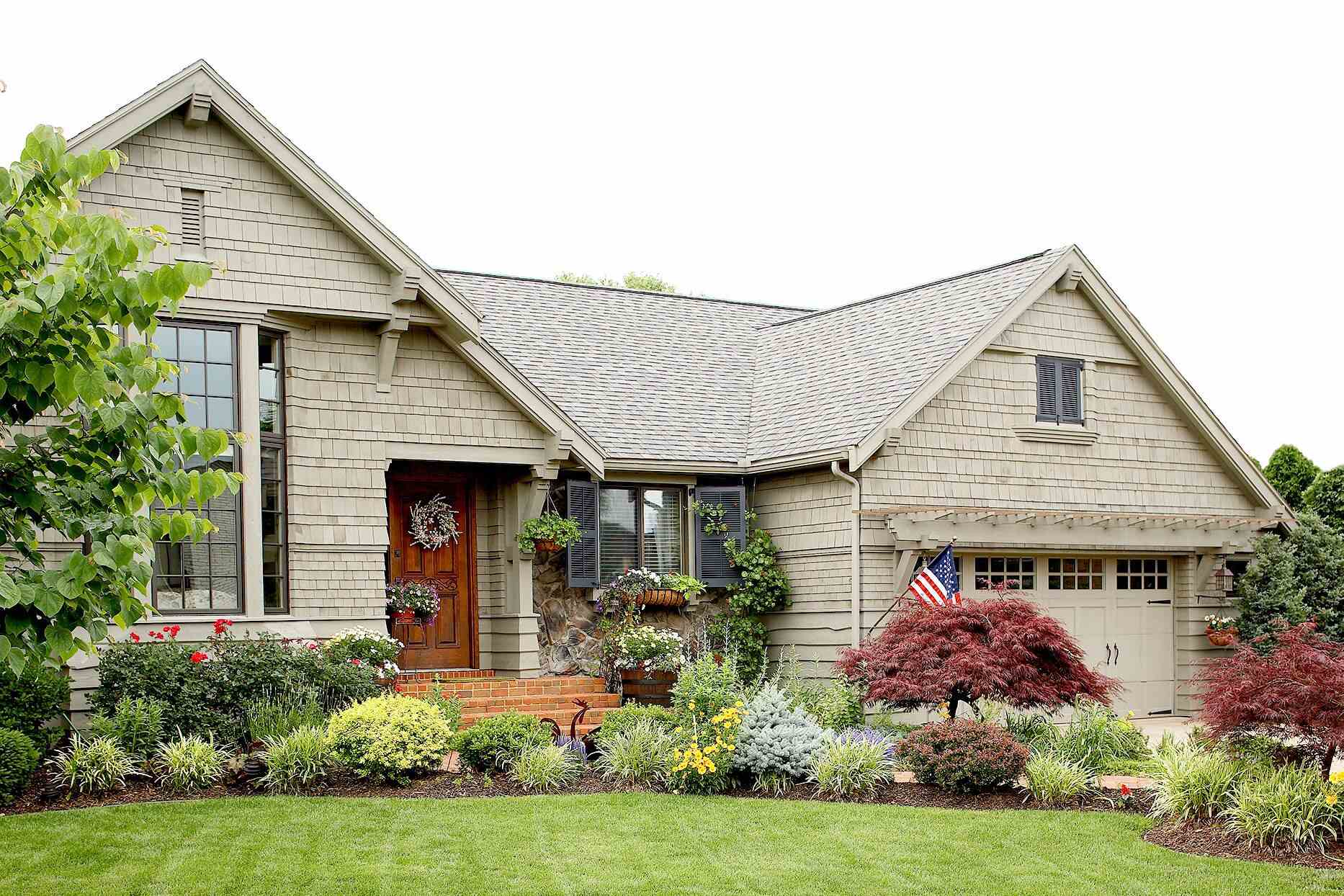

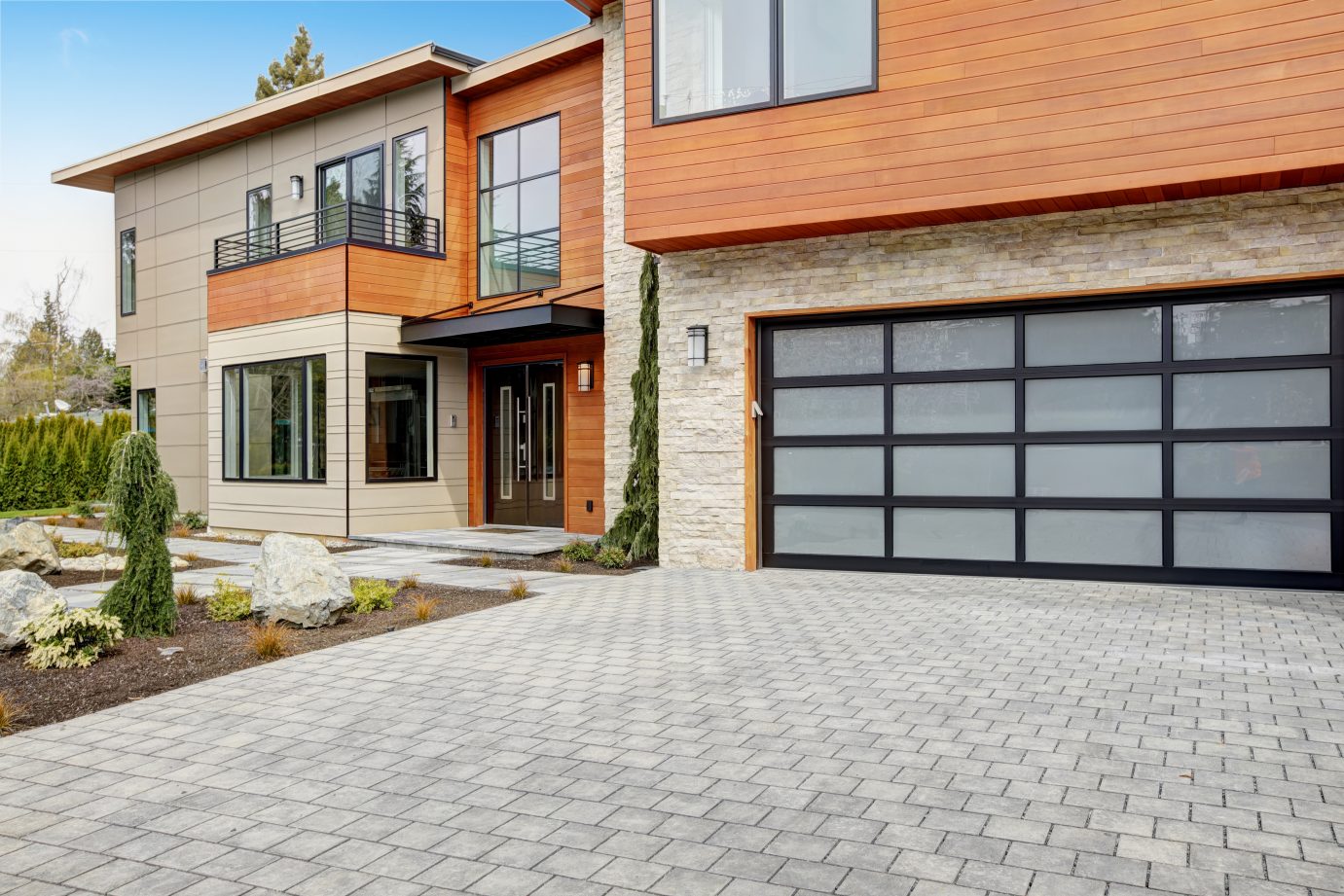
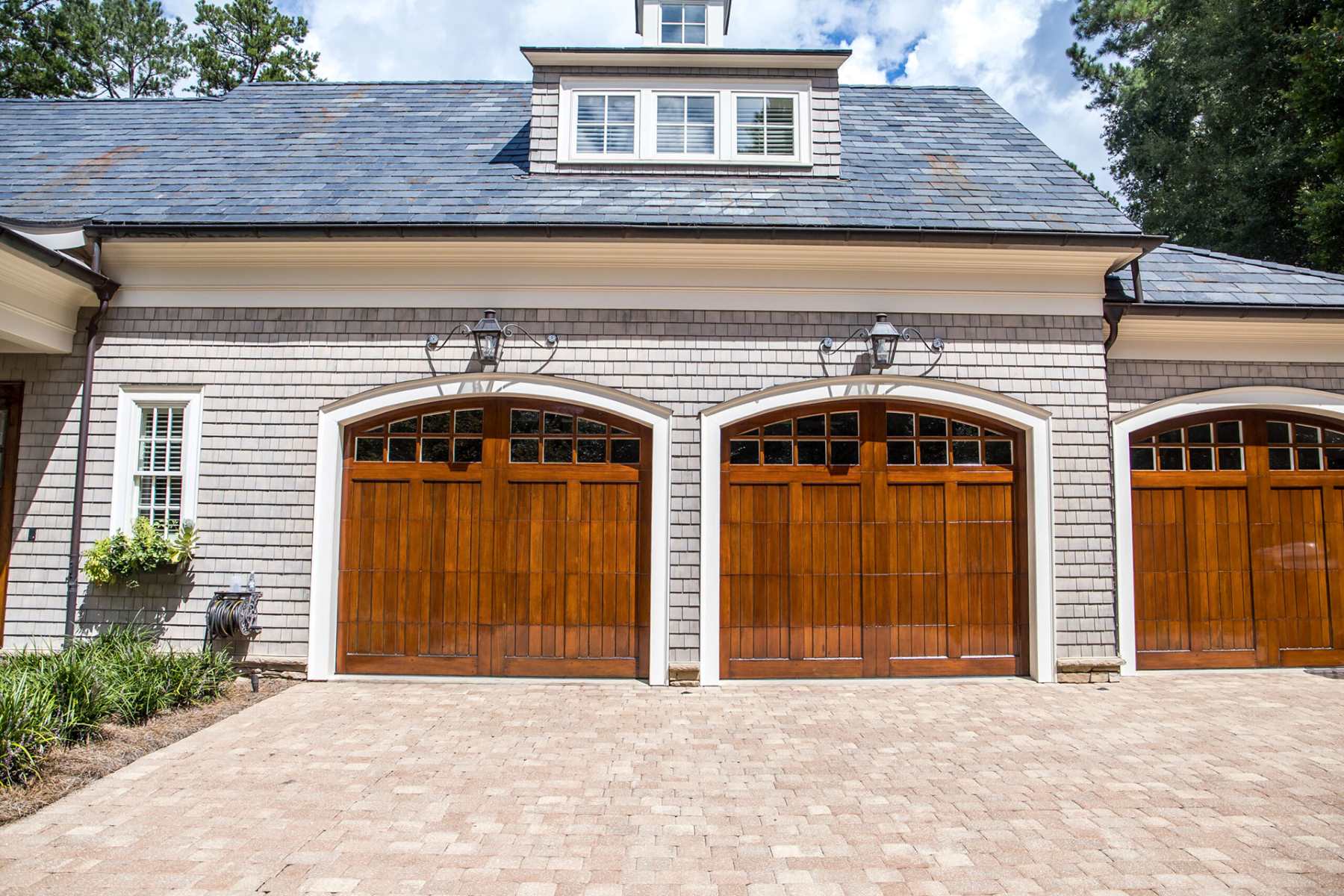
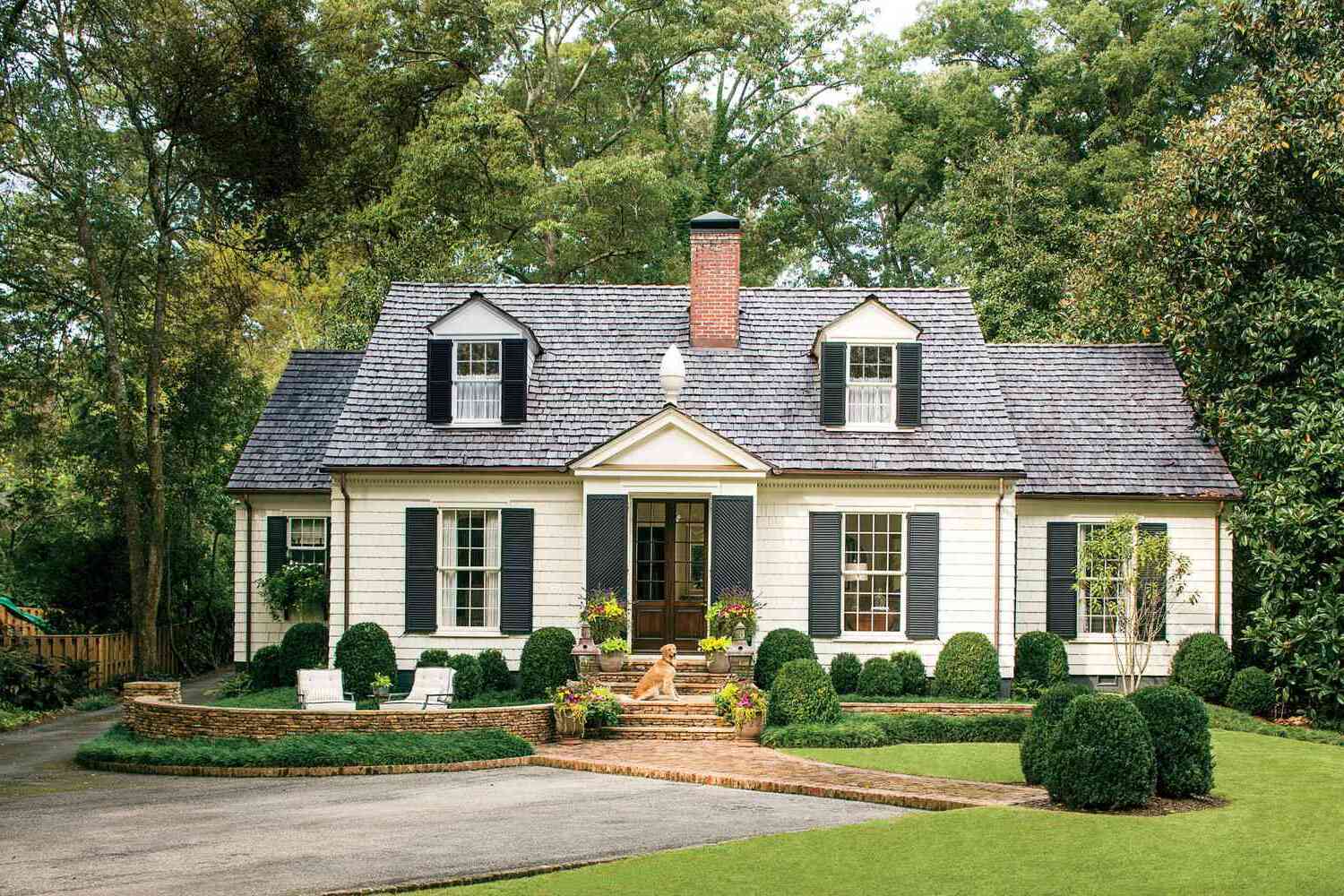

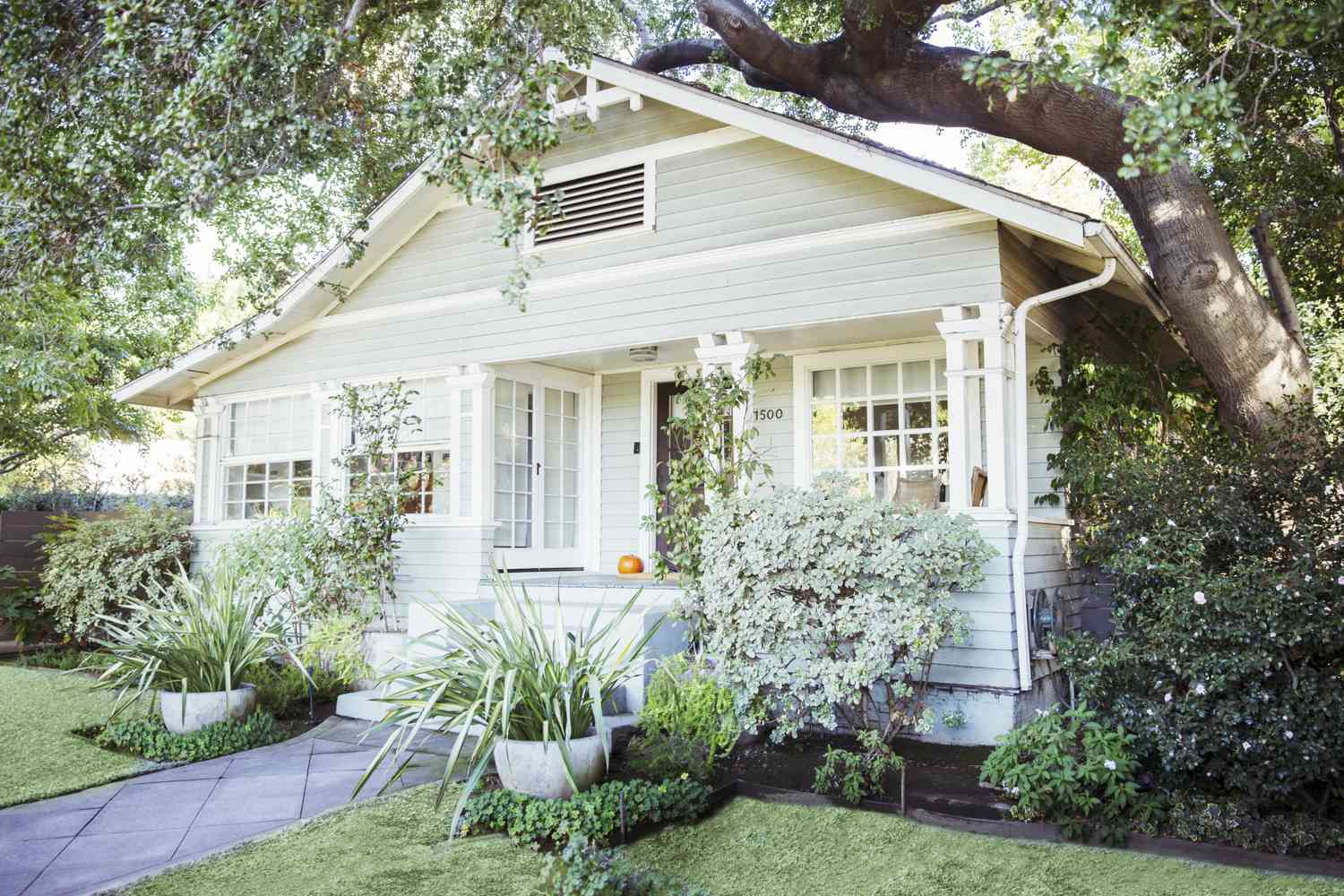

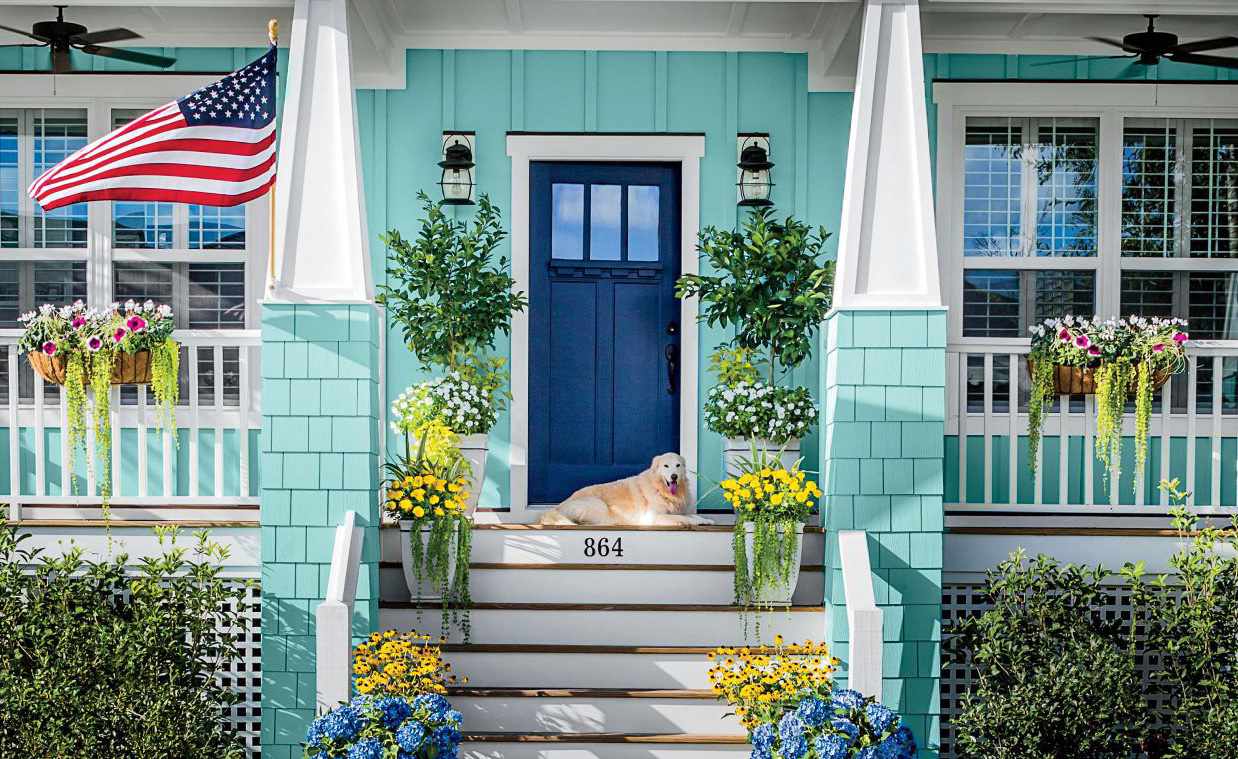
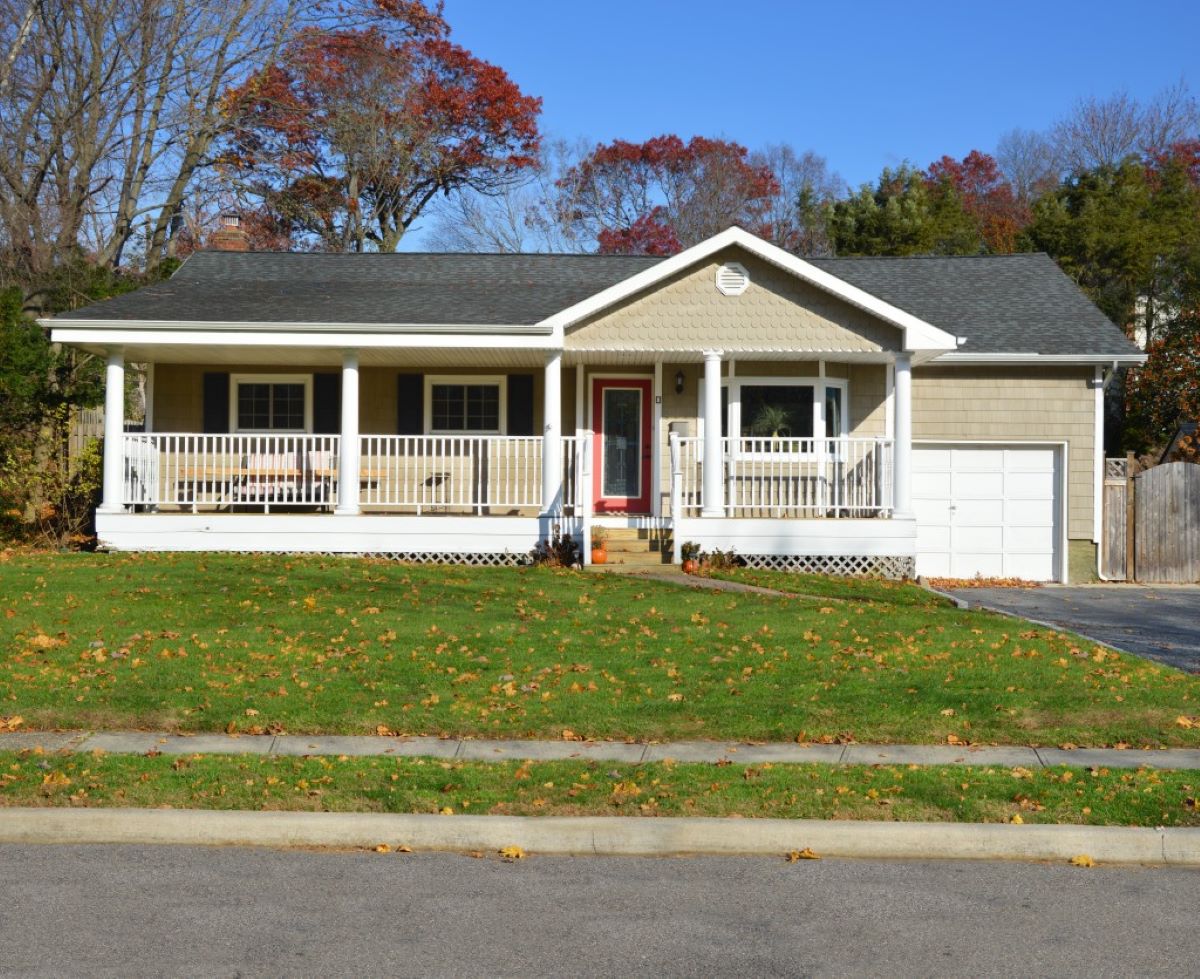
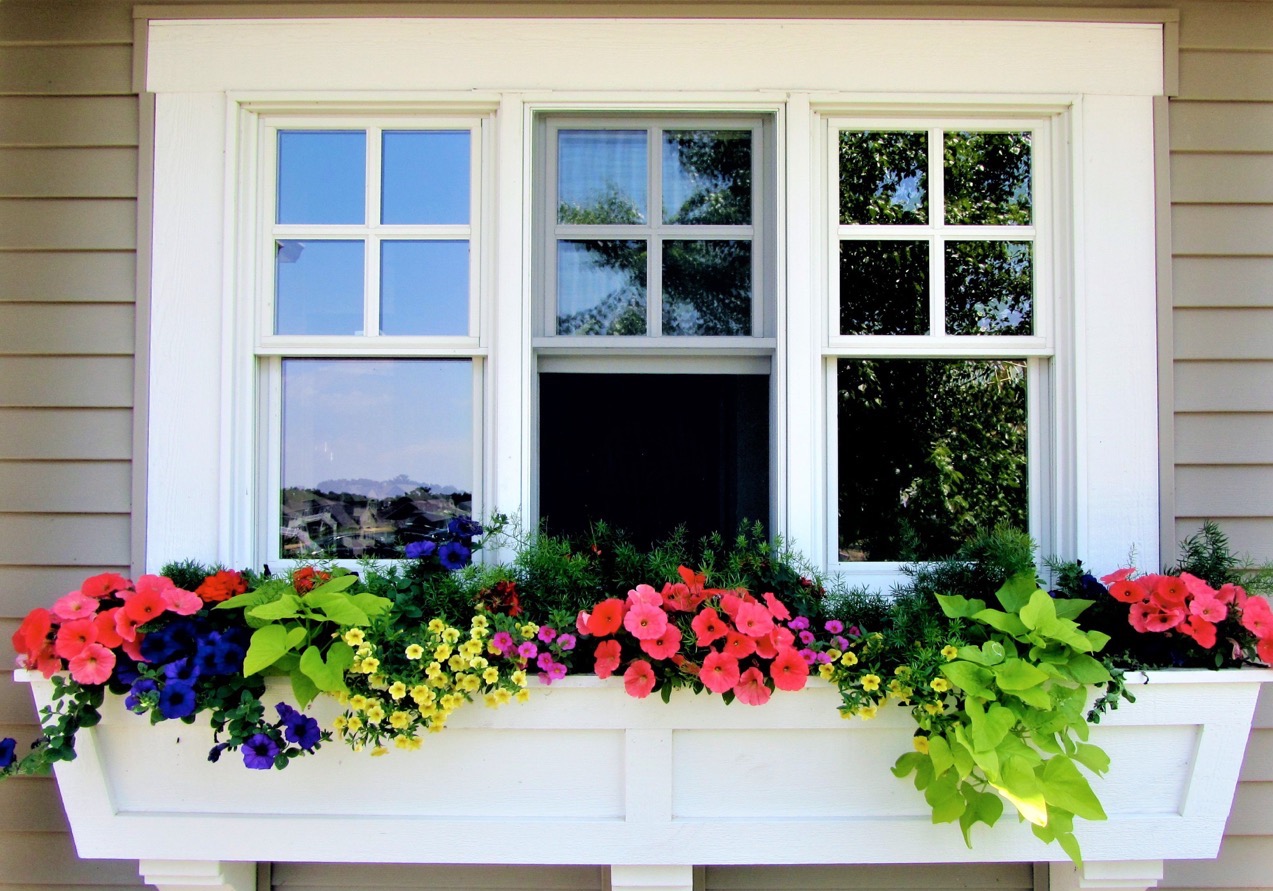
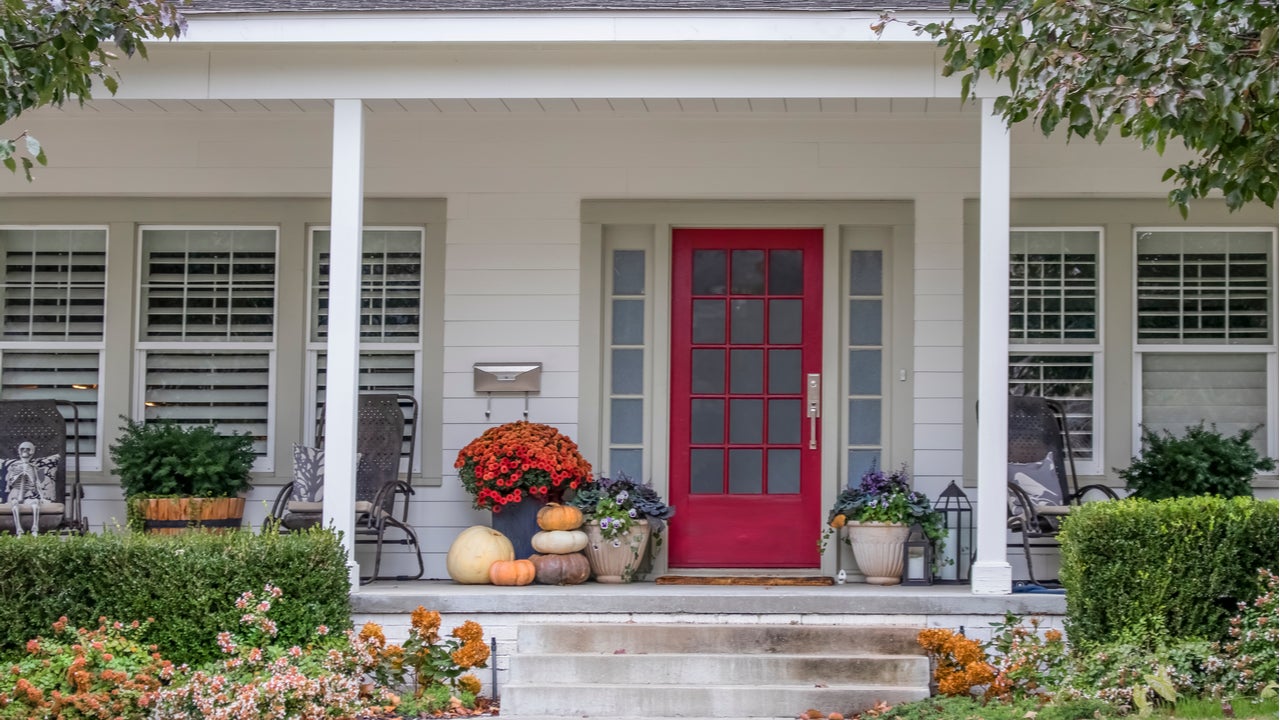
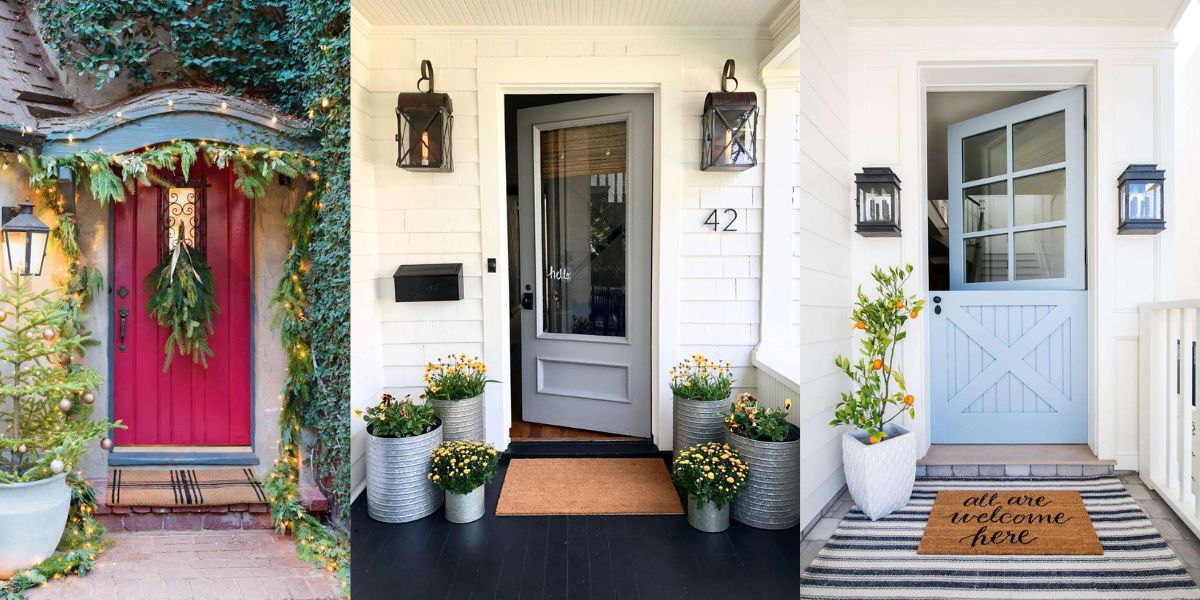

0 thoughts on “Could A Climate-Friendly Yard Actually Be Better For Curb Appeal?”